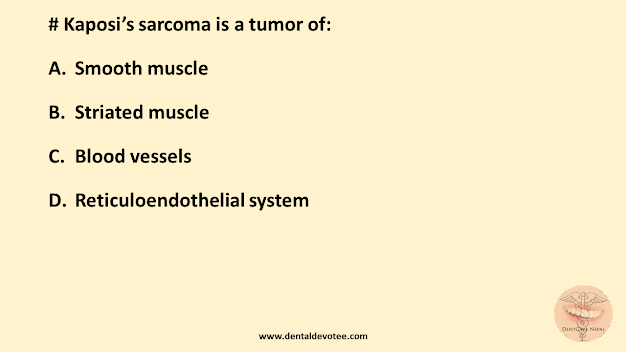Alcohol consumption is the most important risk factor for development of oral cancer in non-smokers. It is also considered as the second independent major risk factor for the development of oral cancer. It is estimated that an average consumption of over 30 ml of alcohol per day increases the risk of oral cancer linearly with the quantity of alcohol consumed. Though any form of alcohol when consumed in large
quantities is dangerous, it is believed that dark colored drinks are more hazardous (as they may contain higher beverage congeners such as nitrosamines, hydrocarbons and other impurities which are known carcinogens). Carcinogens present in the tar are insoluble in saliva but are highly soluble in alcohol and easily absorbed in the oropharynx.
The International Agency for Research on Cancer published a monograph in 1982, which details the various methods in which alcohol predisposes to head and neck cancers.
❍ Ethyl alcohol increases the permeability of oral mucosa. It also dehydrates the mucosa. It has a solvent action on the keratinocyte membrane thereby allowing the passage of carcinogens into proliferating cells where they may exert a mutagenic action.
❍ The immediate metabolite of ethanol is acetaldehyde, which readily damages cells. It is believed that those who are rapid acetylators are at increased risk of developing cancers.
❍ Alcoholic liver disease is common in heavy drinkers and this minimizes the detoxification of carcinogens.
❍ Alcohol, owing to its high calorific value, suppresses appetite in heavy drinkers. This predisposes to nutritional deficiency which in turn is a risk factor for cancers. Compared to non-users, alcohol users are 3.6 times more likely to have oropharyngeal cancer, 5.8 times for tobacco users, and 19 times for users of both alcohol and tobacco.
Reference: Textbook of Oral Medicine, Oral Diagnosis and Oral Radiology Second Edition, Ravikiran Ongole, Page no: 384







